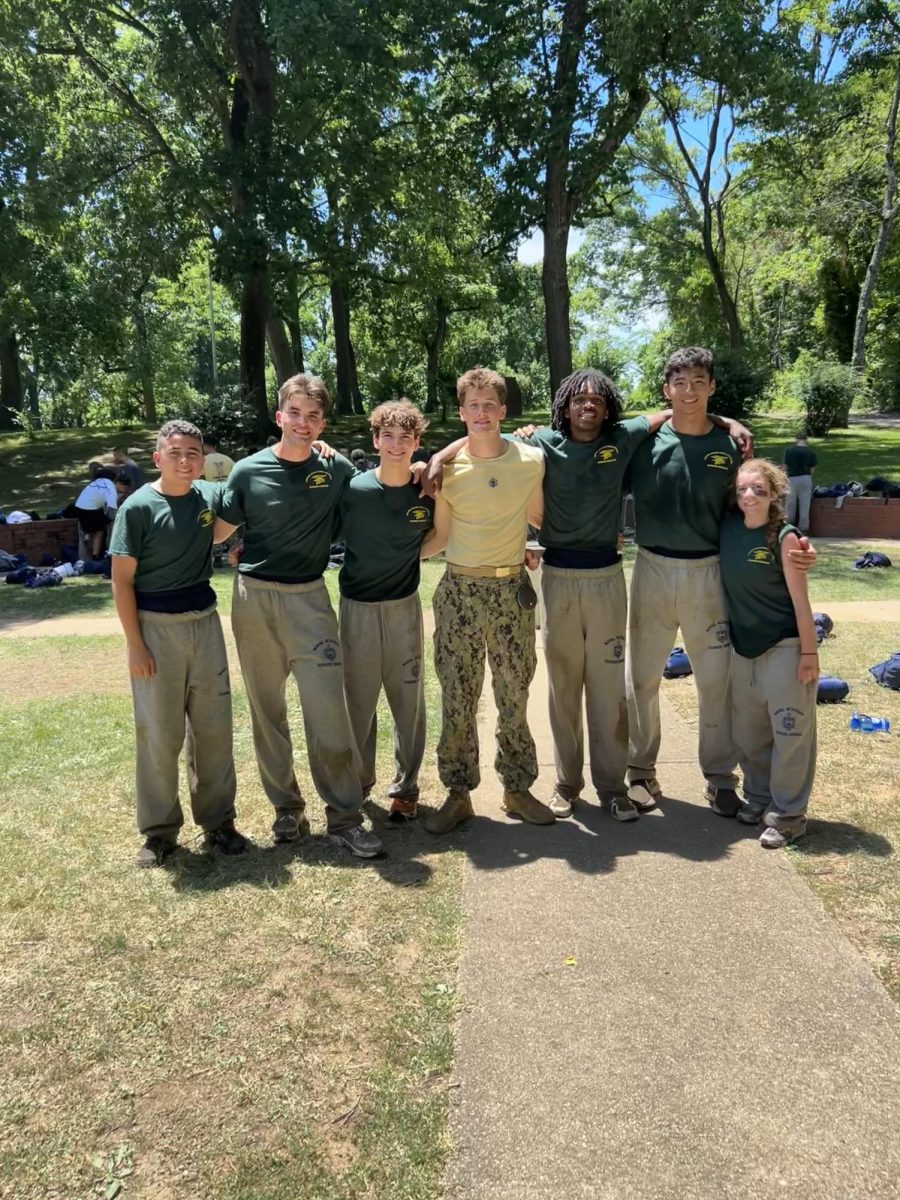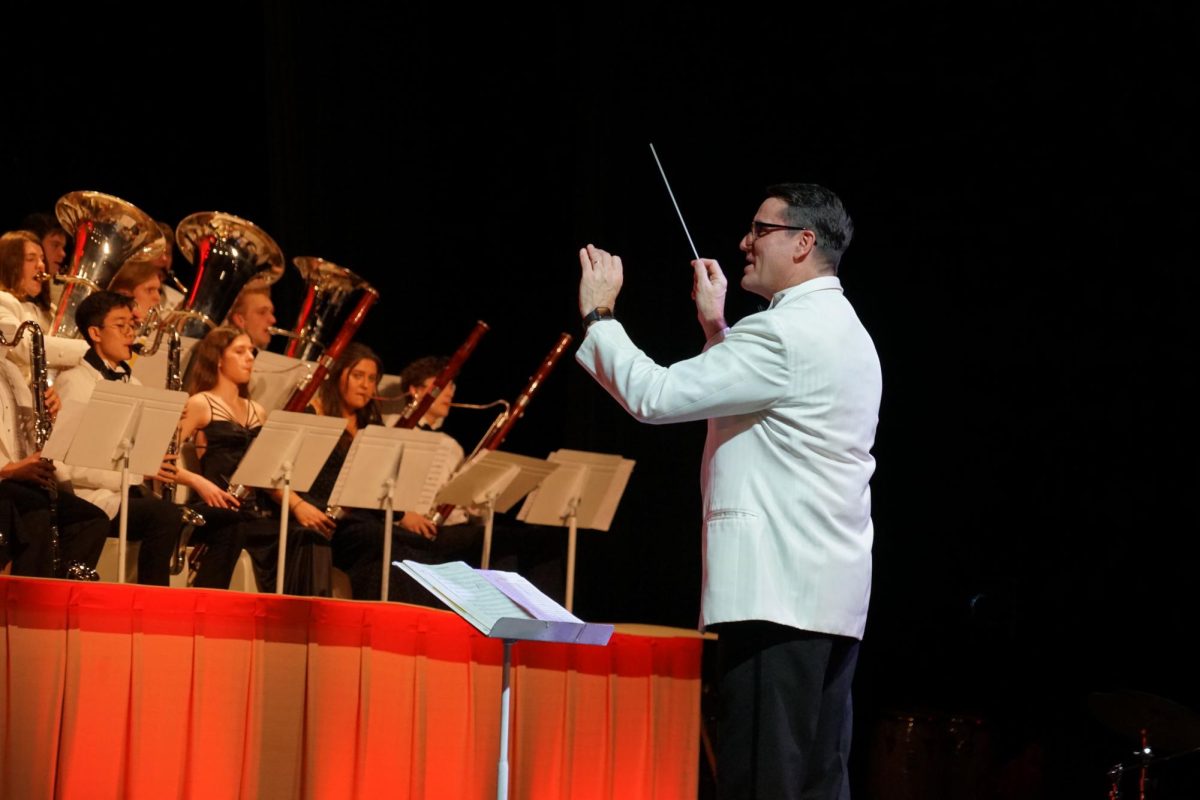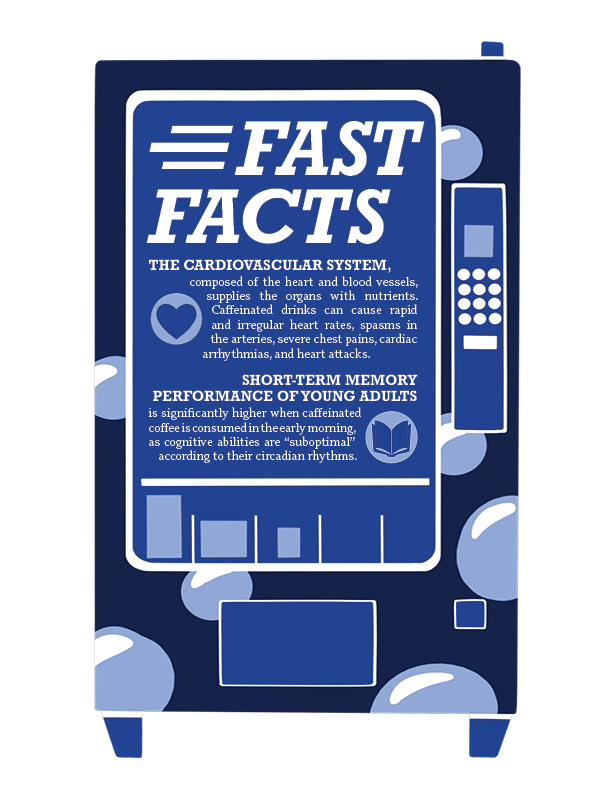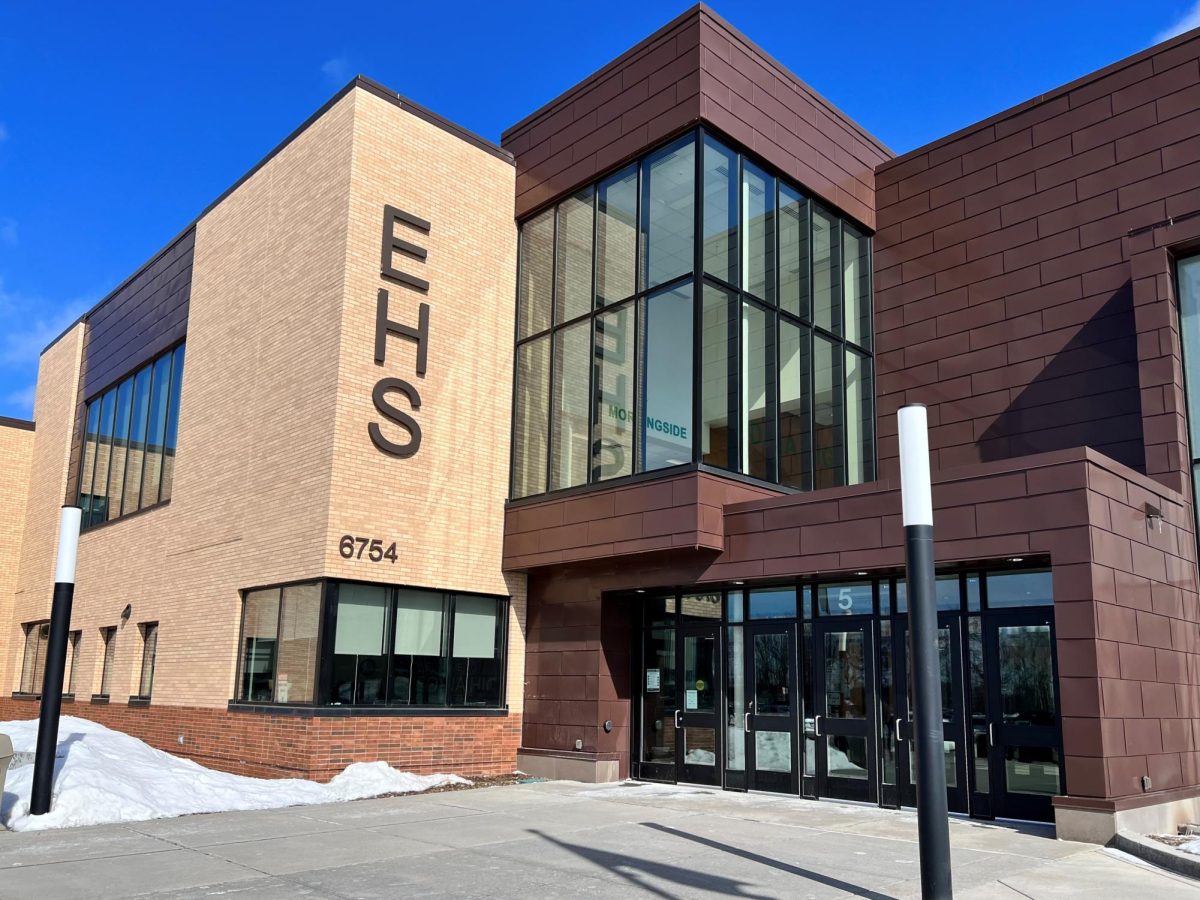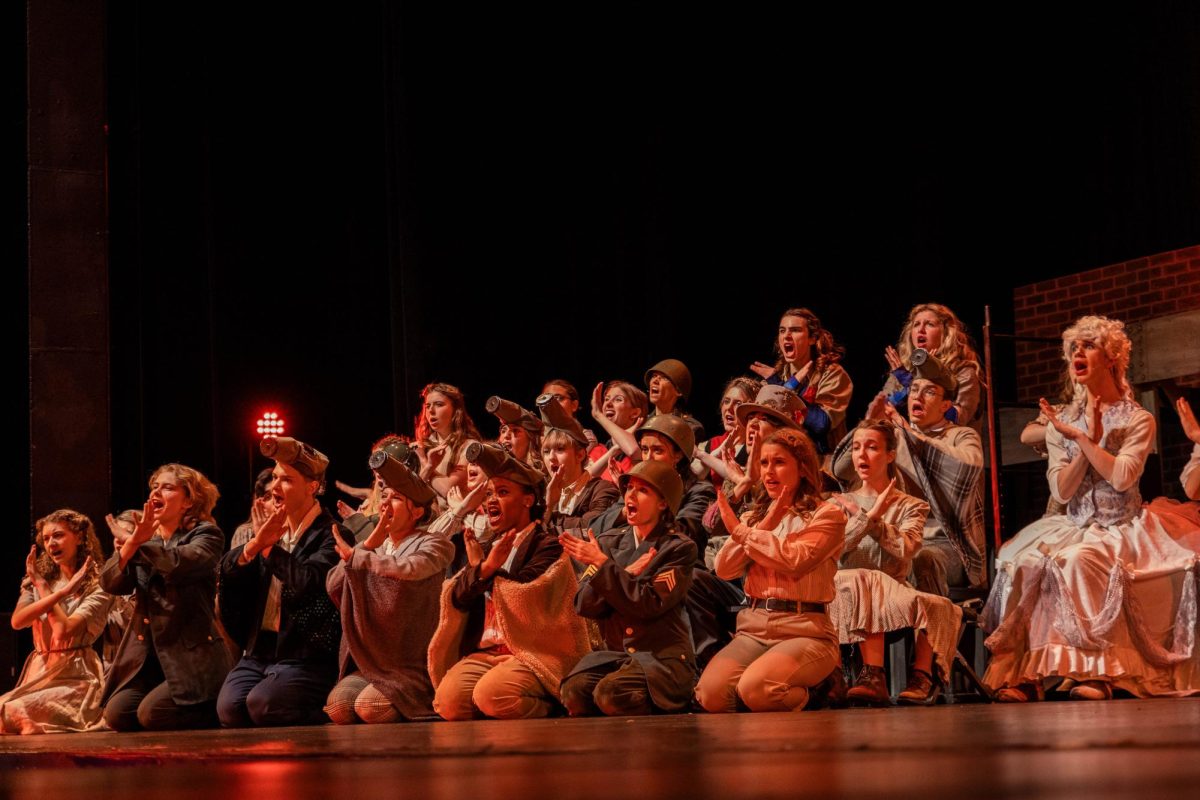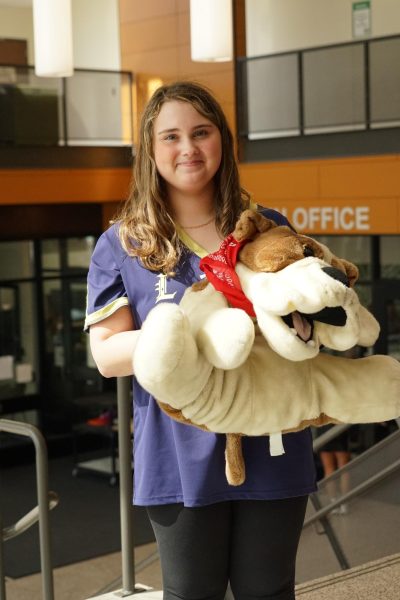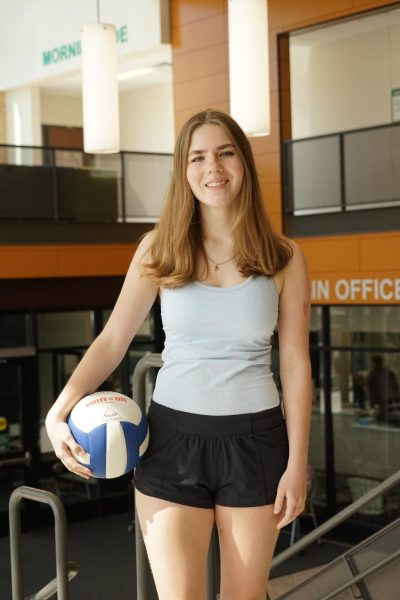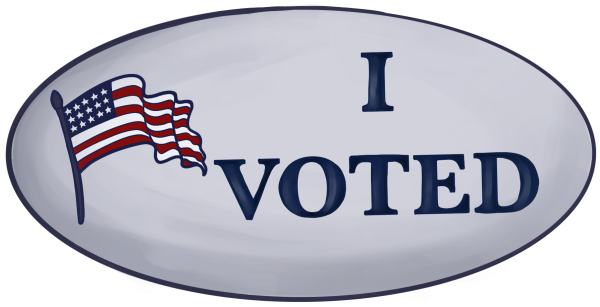
What Hennepin County Commissioner Heather Edelson does in a week, might take someone else a year to do. She meets with the 16 mayors in her district, works with police chiefs, fire chiefs, and sheriffs, tours nonprofits, and collaborates with unions. She knows the anatomy of Edina inside and out.
However, Edelson said she feels there is a lack of attention directed to her position, along with local government as a whole. “The news is covering national politics. But the reality is, your day-to-day life is actually being impacted so much more by your state government, your city government, and your county government,” she said.
Like many other states, Minnesota sees about three-fourths of its presidential election voters cast a ballot in midterm elections. This is indicative of a wider trend of minimal voter turnout in non-presidential elections.
This year, the seats for Hennepin County Commissioner of District 6, Edina Mayor, the Edina City Council, and several representatives in the Minnesota House are up for election. These positions span several levels, but they all share one commonality: they impact the Edina community in several ways.
What do local officials do?
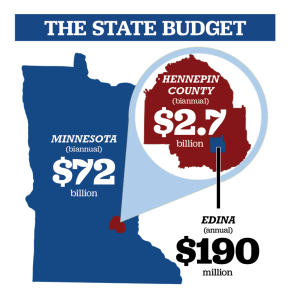
Minnesota government is organized into three tiers: the state, county, and city. The state government is structured similarly to the federal government with a bicameral legislature, a judicial branch, and an Executive Council which the governor chairs. The Hennepin County system involves seven commissioners who each oversee sections of the county. The Edina City Council has four members and the mayor.
State government officials manage resources for their constituents and oversee the public services like the criminal justice system and public schools. Edelson, who previously served in the Minnesota House of Representatives for six years, finds that state government includes carrying out “big, massive laws” that take a lot of time to be implemented.
Alternately, county government “is about the implementation.” Edelson finds that its efficiency is due to shared values among the commissioners. “Some things are easier because we all care about things like equity. We all want to make sure people have health care and it’s a universal belief,” she said.
Hennepin County, the largest county in Minnesota, houses over 1.3 million people. The county manages a biannual budget of 2.65 billion dollars, which is used to maintain social services. “Some people joke that we’re like the ‘State of Hennepin.’ We’re like a microcosm of the state of Minnesota,” Edelson said. “We deal with housing, rental support, homelessness, things like the light rail.”
At the city level, the City Council regulates public works, transportation, emergency medical services, and other city-exclusive public services. This year, it funded the creation of Edina’s first mountain bike trails, expanded the accessibility of public transportation resources, and updated the tree protection ordinance to streamline city wildlife conservation projects. Additionally, the City Council manages city property finances and works directly with residents to identify and meet the city’s goals.
According to Anita Smithson, campaign manager for House Representative candidate Julie Greene, these local conversations are integral to building community around politics. “When you get down to having conversations with folks, we can find a lot of shared values and common ground,” she said. “A lot of the local things really do impact our lives more immediately and more directly than things at the federal level.”
Together, state and local officials care for their constituents, but some find that they are overshadowed by national politics. Erik Anderson, an AP U.S. History and U.S. History teacher at Edina High School, emphasized the importance of local government. “It’s crucial to our democracy, and it’s crucial to having a voice in your community at the state, local, national level,” he said. “The local elections, I think, are the most important…we underrate local elections usually, whether its mayor, city council, county commissioners, all of the local offices…Your local taxes, your local roads, local bridges, things you use in school, things you use every single day stem from local elections. I think we have our priorities backwards.”

How local officials impact EHS
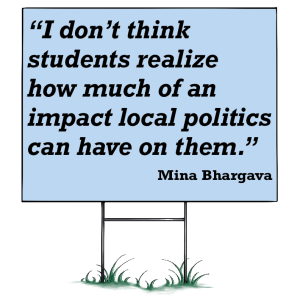
State and local politics also affect students at EHS in several ways. For instance, the Minnesota Congress sets school course standards and high school graduation requirements. Additionally, they can affect the accessibility of resources for students: In 2023, the Free School Meals for Kids law was passed, which granted students free school breakfast and lunch to several schools including EHS, and this year, the New Voices law was passed, which granted student newspapers increased freedom of publication.
During the 2023–24 school year, the Edina School Board, which frequently collaborates with state legislators, altered the social studies curriculum at EHS: AP Human Geography and a new course, Cultural Geography became options for freshmen while Government and AP Government were moved to senior options.
If interested, students can interact directly with the School Board and their local representatives outside of school. Senior Mina Bhargava has spent two years on the Legislative Action Committee (LAC), a panel dedicated to improving Edina Public Schools through collaboration with Minnesota officials. According to Bhargava, the LAC demonstrates how “accessible” county representatives are to students. “One of my friends has a brother in special education in elementary school and she’s identified some problems there [for him],” she said. “I could communicate her issues to the state legislators. And it’s just really cool to be able to be that personal.”

Local policy is specifically impactful for students receiving learning accommodations. In 2023, Minnesota pioneered the READ Act, legislation intended to get every student reading at or above their grade level through science-based literacy techniques. Additionally, it provides individualized support to special education students and multilingual learners. Similarly, the Minnesota Department of Education forwarded a grant program aiming to improve the quality of special education by allocating 30 million dollars of funding to special education teachers pursuing teacher preparation programs.
AP African American Studies and Cultural Geography teacher Courtney Major encourages her students to pay attention to current events in their community. “The number one goal of social studies education is to educate students about the world, but more importantly the democratic process,” she said. “I don’t think I’m alone; I think other social studies teachers are doing this as well… [by] engaging with issues that are in our public sphere right now, providing historical and political context for those issues, and allowing students to make decisions about those opinions in a safe space.”
Bhargava also acknowledges the importance of local politics on EHS. “I don’t think students realize…[that] so much of what we’re learning in school—the curriculum that’s in our textbooks—is decided by local politics. We just don’t take the time to think about that,” she said.
Voting inclinations within the student body
Bhargava’s engagement in the Edina community has caused her to value local elections. “My parents and some of their friends are pretty updated about local elections, and so they’ve been pushing me and my brother to [vote],” she said. “Even when we’re in college, if we go out of state, we can send in our ballot… and be a part of local politics, because it’s still going to affect [our parents].”
Conversely, senior Kennedy Robertson focused on informing herself about the presidential election. Although Robertson acknowledges the importance of knowing our state representatives, she maintains that the president has more holistic influence. “I feel like the national government would have more of an impact on our nation than local government,” she said.
Robertson and Bhargava both noted that the student body seems to be focusing on the presidential election most of all. This preference may be due to what the EHS curriculum emphasizes or what national news sites are currently covering. “In Government [class] in ninth grade, I learned mostly about the federal level of the government, and in U.S. History, I also learned about the federal level of the government, not the government of the state,” Robertson said.
Bhargava said her friends use news publications such as the BBC and ABC to inform themselves about politics. Robertson said she uses the New York Times. These organizations tend to focus on national and international subjects, including this year’s presidential election.
On the government side, both Edelson and Smithson acknowledge the importance of civically engaged youth. Edelson previously held an Intern for a Day program at the Minnesota State Capitol when she was a Representative in the House. Now a Hennepin County Commissioner, she plans on adapting the program, which previously engaged 600 students and aimed to inform them about the state government, to fit her new position. “No one else did [a similar program],” Edelson said. “And so I think it takes a lot of work to break transparencies.”
“This is your future. This is the world you’re going to inherit. This is the community you will live in at some point on your own,” Smithson said.
This piece was originally published in Zephyrus’ print edition on November 4, 2024. Infographics added and photos edited on Nov. 7.



